MAY 2017 HERPETOLOGY
On Saturday May 20th, 60 eager citizen scientists and 18 SOU Biology student leaders gathered for the Friends of Cascade-Siskiyou National Monument’s third annual BioBlitz. This year’s event focused on collecting information on amphibian and reptile species across the diverse habitats of the Monument, a collaboration with SOU Biology Department Chair Michael Parker’s Herpetology class.
More photos on our blog!
Scope
This BioBlitz was the first large-scale survey of the herpetofauna (amphibians and reptiles) within the Monument, where citizen scientists worked alongside SOU students to document the distribution of the many species of herps within the Monument’s recently expanded boundaries. Student leaders, distributed into nine groups, led participants to diverse ecosystems within the Monument:
- The Sampson Creek Preserve
- Mayfield Gardens
- Upper Parsnip Lakes
- Baldy Creek
- Boccard Point
- Agate Flat
- Shoat Springs
- Box-O Ranch,
- Jenny Creek (upper and lower)
- the Oregon Gulch
- Fredenburg Meadow
FINdings
Collectively, the groups observed 18 species including 5 lizards, 6 snakes, 1 turtle, 3 salamanders and 3 frogs (including one boreal toad). By far the most widespread and frequently encountered species was the Western Fence Lizard that accounted for 76% of all observations and was found at all 9 locations. Racers, Southern Alligator Lizards and Western Skinks were also frequently encountered, occurring at 7-8 of the 9 sites surveyed.
The three least common species encountered were the Striped Whipsnake, Western Pond Turtle and Boreal Toad, each represented by a single individual at a single site. This initial inventory that was collected at the BioBlitz now provide the basis for future surveys and focused research into biodiversity on the Monument, all of which is essential for its protection.
This BioBlitz also highlighted the Monument as a community and educational resource, increasing public appreciation of the incredible uniqueness of the CSNM and providing a hands-on opportunity to learn more about it. Participants were excited to visit diverse parts of the Monument they had never been and spend the day in the company of interesting people.
One participant remarked, “The event was amazing. I would always come to any of these kind of events. It really gives folks a chance to learn and get closer to nature.” Participants really did get close to their study animals, catching lizards and snakes to identify species and sex as well as taking close-up photos of amphibian egg masses and reptile scales to identify later in the lab.
Undoubtedly, the vistas of the Monument, as well as its characteristic flora and fauna, serve as inspiration for scientists and recreational visitors alike to continue visiting this remarkable place.

